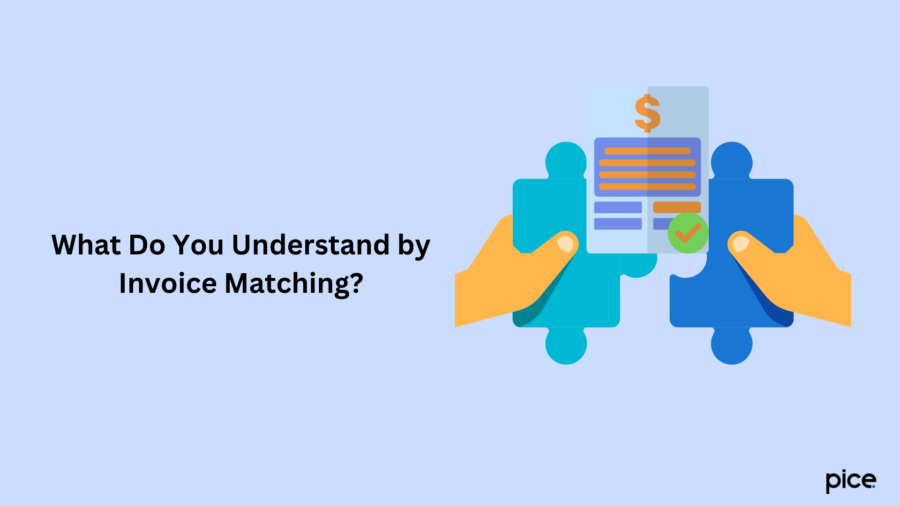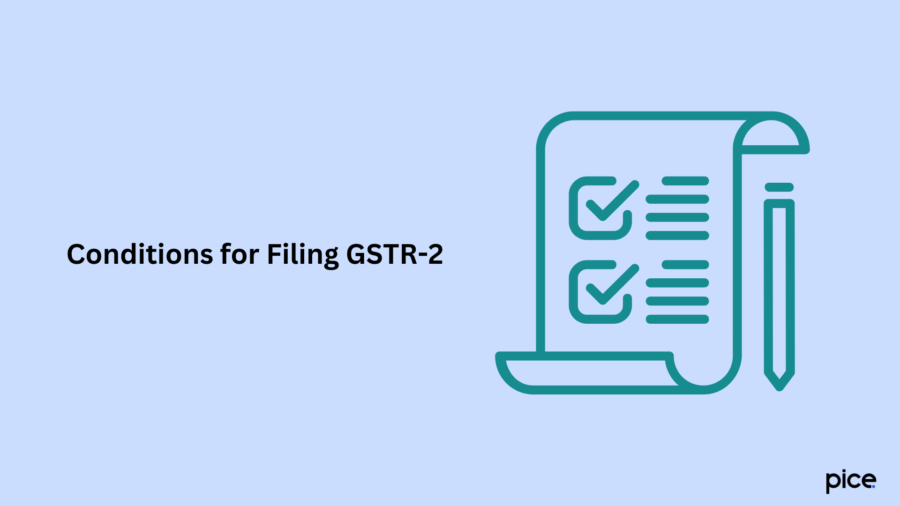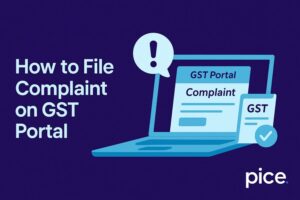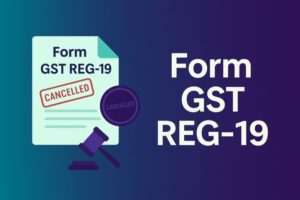Invoice Matching Under GST
- 18 Nov 24
- 6 mins

Invoice Matching Under GST
Key Takeaways
- Invoice matching ensures accurate Input Tax Credit (ITC) claims under GST.
- GSTN auto-populates supplier data to simplify reconciliation in GSTR-2A.
- Timely GSTR-2 filing avoids penalties and boosts compliance ratings.
- Only registered taxpayers must file GSTR-2, with specific exemptions.
- Invoice matching strengthens transparency and efficiency in the GST system.
Every month suppliers have to upload their invoices to the GSTN portal, where these will be compared with the customers' purchases. Therefore, invoice matching has become a regular process for businesses. The adoption of IT systems for bookkeeping and tax compliance is expected to increase, even among small and medium businesses.
In well-integrated IT systems, suppliers and buyers will be able to match their invoices well. GST invoice matching plays a vital role in trading activities. In this blog, we will explore what invoice matching under GST is and discuss other essential details.
What Do You Understand by Invoice Matching?

According to the finance minister, “The government can guarantee that eligible input tax credit is correctly allocated between states through the process of invoice matching and the automated GST return mechanism".
Invoice matching is a system where all taxable supplies made under GST are compared with the taxable supplies received by the buyer. The GST Network (GSTN), responsible for developing the IT framework for GST implementation in India, is working diligently to create the algorithms and embed the logic into the GST web application available on the common portal.
Importance of Invoice Matching
The concept of invoice matching is important under the GST law because the input tax credit paid on the purchases of goods or services is allowed only if the particulars filed in the GSTR-2 of the buyer and outward supply details filed in the GSTR-1 of the supplier match. That is done by auto-populating the details of the supplier’s GSTR-1 into the details of the buyer’s GSTR-2.
If the invoicing matching process is not reconciled, the buyer cannot claim input tax credit for the taxes paid on purchased goods or services. Consequently, businesses must adhere to GST compliance rules. Compliance ratings have been introduced to encourage companies to file returns on time and adhere to all relevant regulations.
What Is the Process of Invoice Matching?
The invoice matching mechanism is crucial because, under GST law, the input tax credit for purchased goods and services can only be claimed if the inward supply details submitted in the buyer's GSTR-2 form match the outward supply details filed in the supplier's GSTR-1.
This connection is established by auto-populating data from the supplier's GSTR-1 into the buyer's GSTR-2. Therefore, if these two records do not align, the buyer will be unable to claim the input tax credit for taxes paid on the purchased goods or services. Compliance ratings serve as an incentive for businesses to file their returns punctually and adhere to related regulations.
Essentially, invoice matching involves reconciling all taxable GST supplies with the taxable supplies received by the buyer. When the supplier submits GSTR-1, the recipient can identify their purchases using the auto-populated GSTR-2A. After making any necessary adjustments, the recipient's electronic credit ledger will be provisionally credited with the input credit.
Any changes or additions made to the GSTR-2 will be reflected in the supplier's GSTR-1A. Once the supplier completes Form GSTR-3 (Monthly Returns Form), the input credit becomes accessible. It is important to consider the tax payments when filling out the monthly returns form. The acceptance of the input tax credit will be indicated in the GST MIS-1 Form.
Claiming Input Tax Credit

A procurer can claim an Input Tax Credit (ITC) as soon as the supplier submits Form GSTR-3. The acknowledgement of the Input Tax Credit must be detailed in Form GST MIS-1.
Components to be Matched
The following are the components that you need to match in the GSTN portal:
- GSTN of the recipient
- GSTN of the supplier
- Invoice or debit note number
- Invoice or debit note date
- Tax amount
- Taxable value
What Is the GSTR-2 Form?
The GSTR-2 form is a monthly statement of inward supplies that needs to be submitted by recipient taxpayers. Through this form, they can accept, reject, modify or keep the outward supply details from GSTR-1 as pending. The GSTR-2 return must be submitted regardless of whether any business activity occurred during the specified tax period.
Time-Limit
GSTR-2 for the previous tax period must be submitted by the 15th of each month. Failure to file on time will result in a penalty of ₹100 per day, and without paying this, the taxpayer cannot file GSTR-3.
Conditions for Filing GSTR-2

Certain requirements must be met before submitting form GSTR-2. These include:
- The dealer must be registered under the GST Act and hold an active GSTIN.
- LLPs and companies must have a valid, non-expired digital signature.
- Individuals or entities should have a valid Aadhar number and mobile number to utilise the e-sign option.
Exemptions
The following is the list of individuals who are exempted from filing the GSTR-2 form:
- Taxpayers under the composition scheme.
- Input service distributors.
- Non-resident taxable persons.
Conclusion
Invoice matching under GST is essential for businesses to claim input tax credit. It ensures that the buyer’s inward supplies match the supplier’s outward supplies, helping maintain transparency and accuracy in tax compliance.
By following the proper process and adhering to GST rules, businesses can avoid penalties and ensure smooth transactions. The invoice matching concept not only simplifies tax filing but also strengthens the overall GST system.
💡If you want to streamline your payment and make GST payments, consider using the PICE App. Explore the PICE App today and take your business to new heights.
 By
By 

















